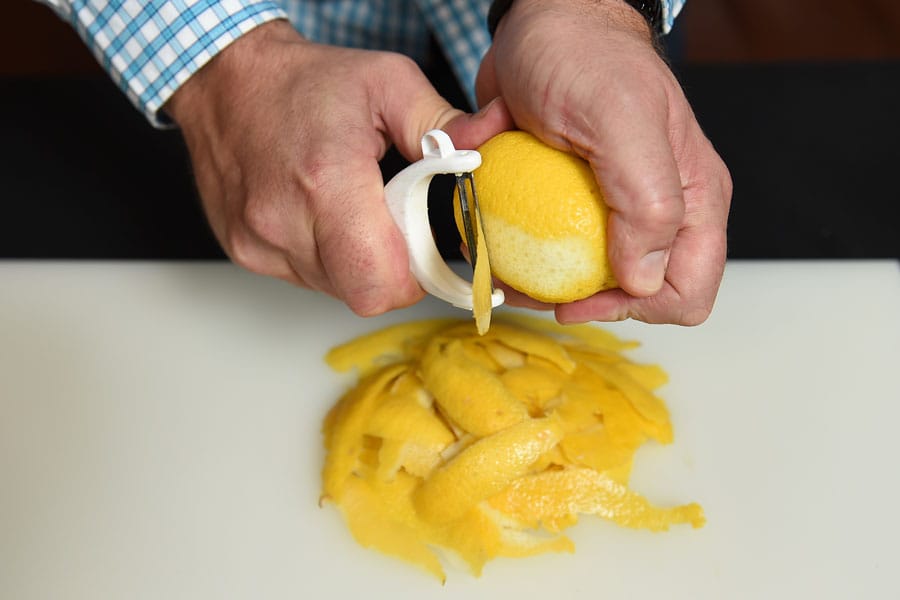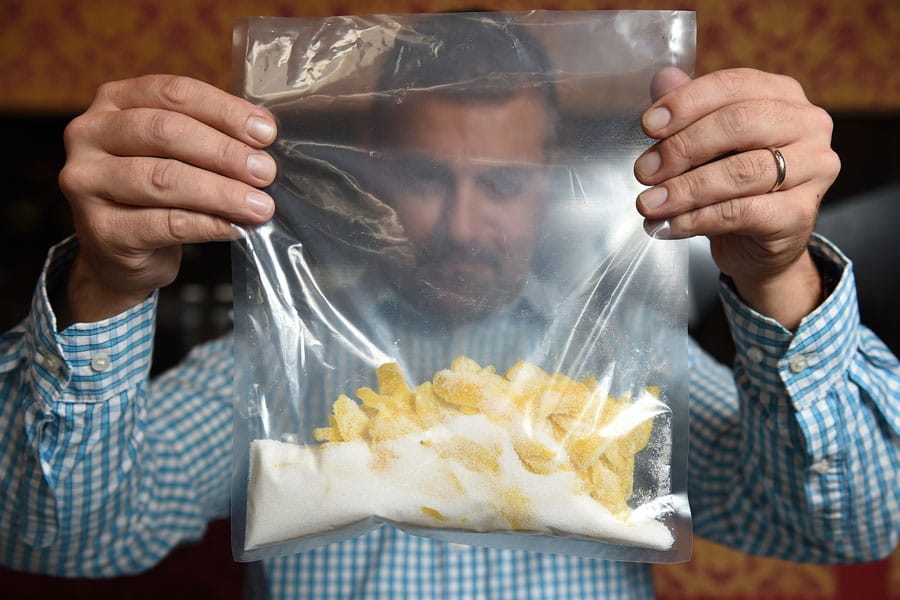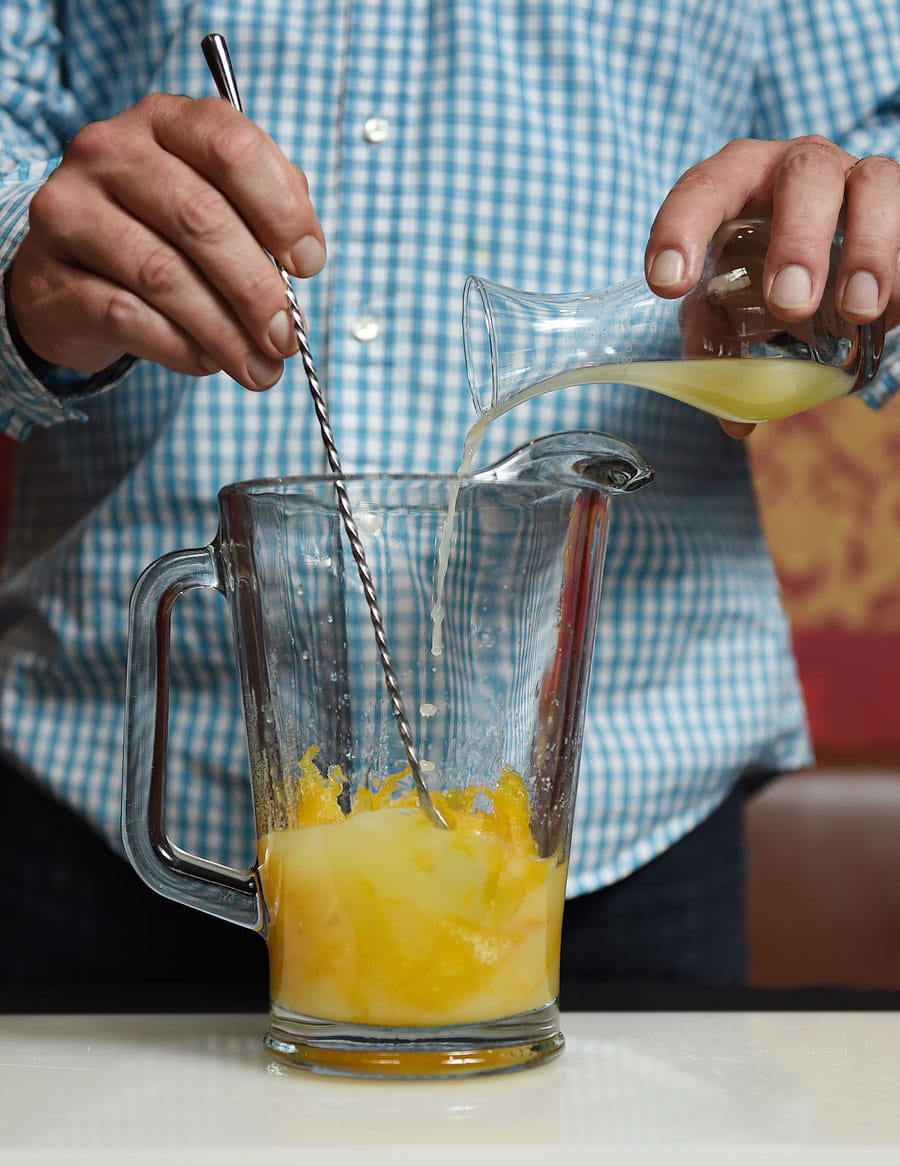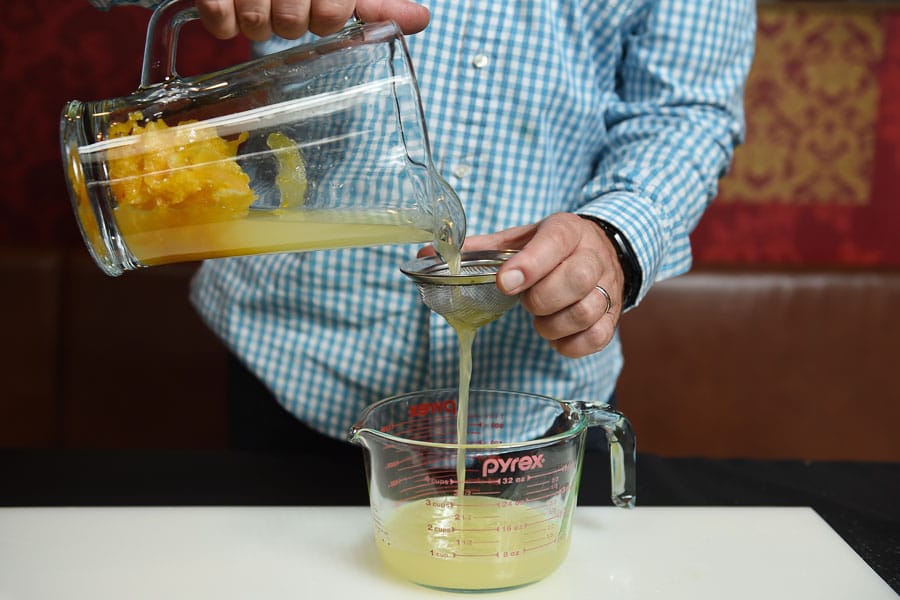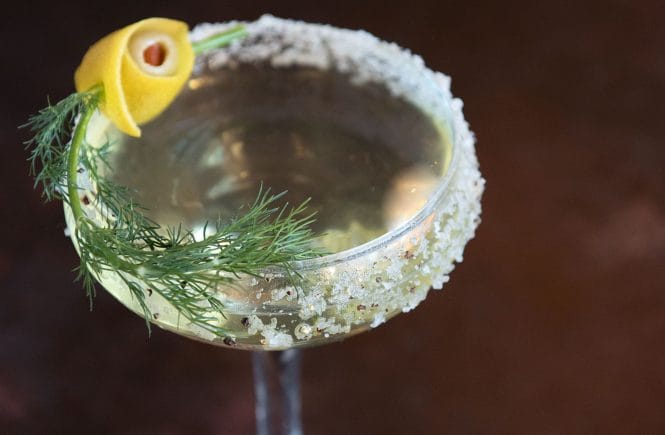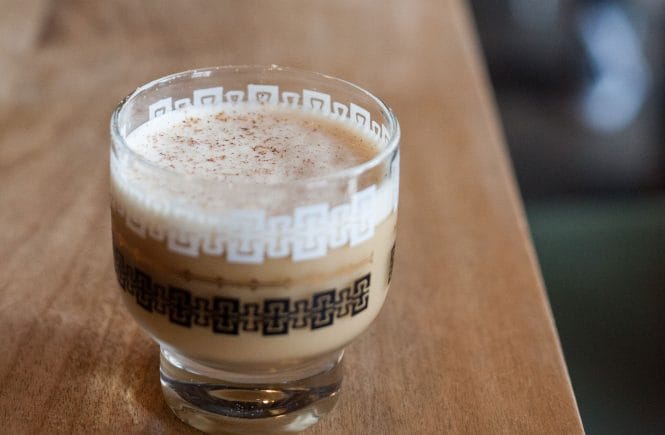This ancient ingredient adds zest to your party drinks
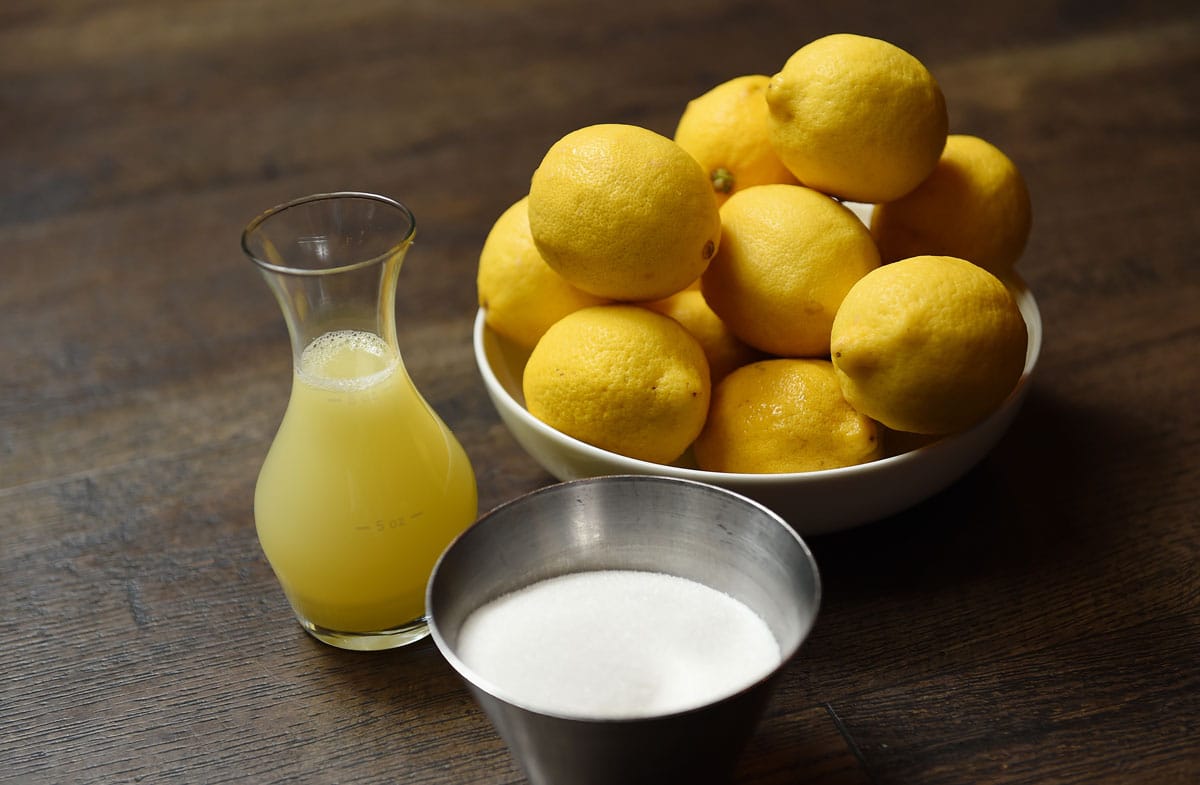
Holiday entertaining is right around the corner and having a couple of easy, bold and delicious punch recipes on hand will really help set any party off on the right foot. It all starts with oleo saccharum.
Now, you might be wondering: What the heck is oleo saccharum? It is the Latin term for “oil sugar,” an ingredient that will change your home bartending.
The process to make it has been used by bartenders for well over a century. It creates intense flavour by extracting the fragrant oils of citrus peels, most commonly lemon, although you can use a variety of different citrus fruits and even add fresh herbs and spices if you like.
The final product is an intensely sweet and sour mixture that adds a level of flavour to your drinks that you simply cannot achieve with just sugar and lemon juice.
This technique can be used make a beautiful limoncello. Or pour a little in a cup with a slice of ginger and some hot water for a wonderfully soothing elixir. It can be used in baking, and the left-over lemon peels that have essentially been candied can be dehydrated for a delicious edible garnish (see below).
Here, I will teach you how to make a basic oleo saccharum and give you a couple of recipes, one classic and one of my own go-to cocktails, to use it in. They will surely impress any of your guests when entertaining at home. As always, I encourage you to experiment and come up with your own beautiful and inventive flavours.
Bottoms up!
Ingredients
• 8 organic lemons (lemons should be free of any wax coatings)
• 1 cup granulated sugar
• 1 ziplock freezer bag
Variations: Replace some or all of the lemons with orange, lime or grapefruit; add fresh herbs such as rosemary, mint, lavender or thyme, or spices such as gingerroot or cinnamon bark.
How to make oleo saccharum at home
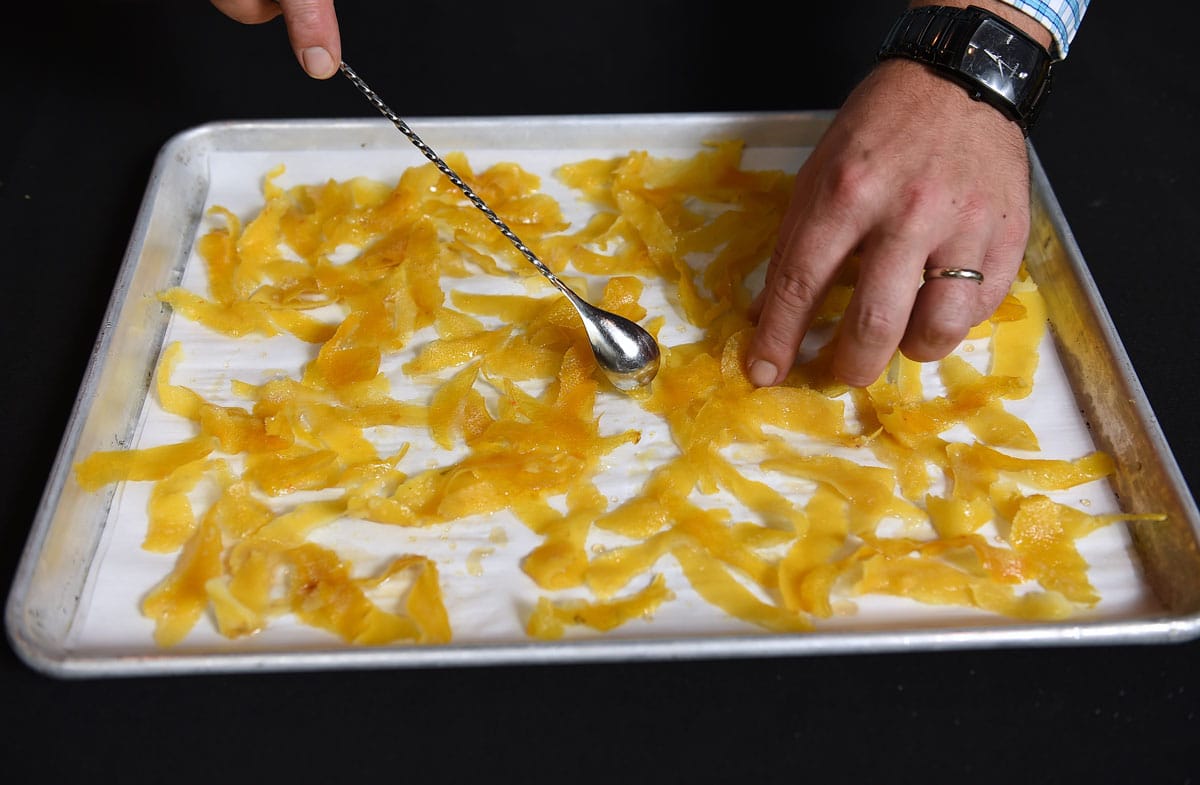
Candied lemon peel
Take the peels that are left over from making oleo saccharum and place them on a baking tray lined with parchment paper. Place in a preheated oven at 225°F and bake for one hour or until dried and crispy. Store in a sealed container and use as needed as a garnish for cocktails or desserts.
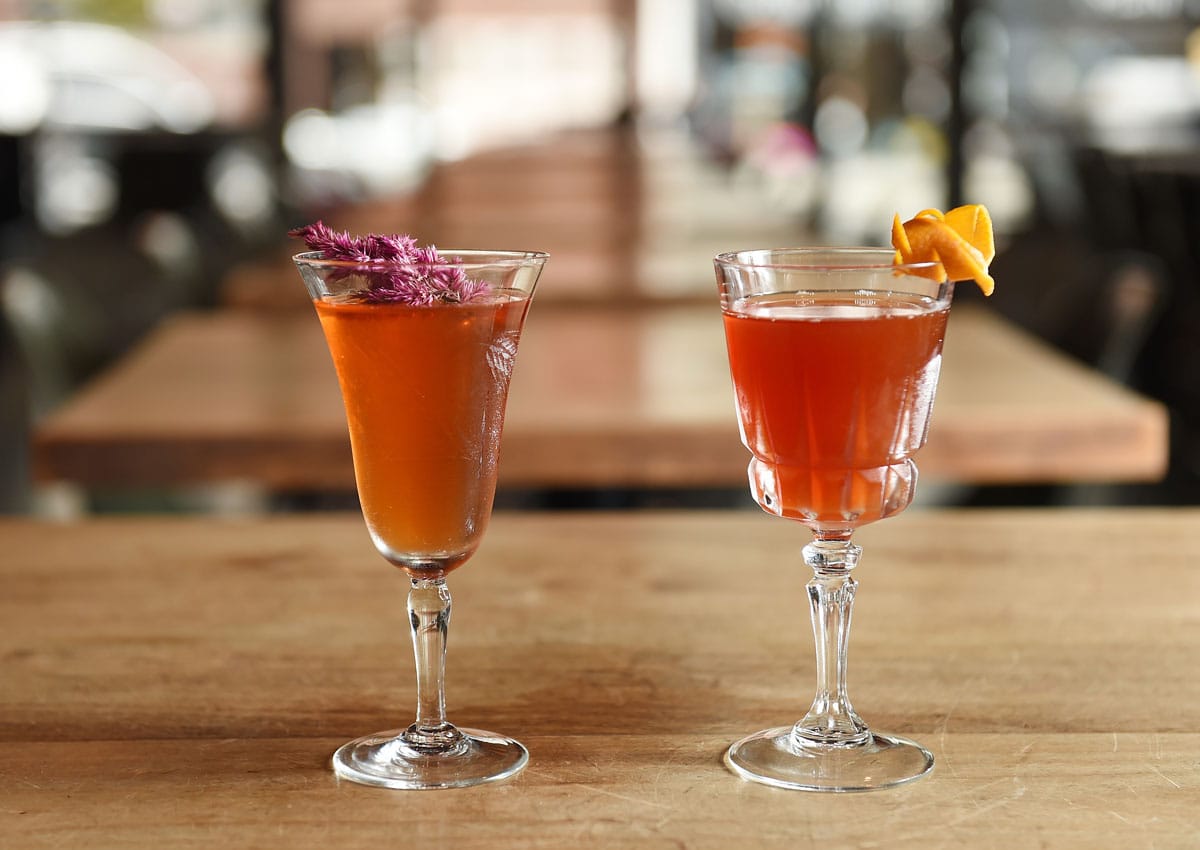
Make these 2 festive punches with your oleo saccharum:
Scotch Rocks Punch
Fish House Punch
—by Justin Taylor

